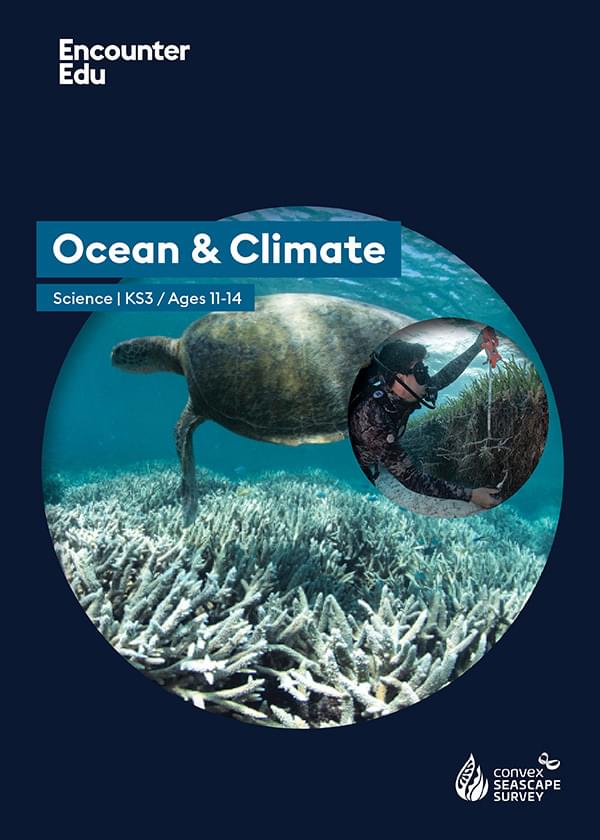All about blue carbon habitats
Blue carbon habitats, which include mangroves, seagrass meadows, saltmarshes, kelp forests, and, debatably, the continental shelf, play a crucial role in combating climate change and preserving coastal habitats.
These habitats are known for their exceptional ability to absorb and store carbon dioxide from the atmosphere, making them valuable assets in the fight against global warming. In addition to their carbon storage capabilities, blue carbon habitats also provide numerous ecological benefits, such as protecting coastlines from erosion, filtering water pollutants, and serving as nurseries for various marine species.

Mangrove forest
Mangroves are tropical and subtropical coastal forests that thrive in the intertidal zones of estuaries and lagoons. These unique habitats are characterised by their dense root systems, which help to trap sediments and store large amounts of carbon. Mangroves also act as natural barriers against storm surges and tsunamis, protecting coastal communities from the devastating effects of these events. Furthermore, mangroves provide critical habitats for a wide range of species, including fish, crustaceans, and birds, making them essential for maintaining biodiversity.
 Cristina Mettermeier/Sea Legacy
Cristina Mettermeier/Sea Legacy
Seagrass
Seagrass meadows are underwater habitats found in shallow coastal waters around the world. These flowering plants can store carbon in their extensive root systems and the surrounding sediments. Seagrass meadows also help to improve water quality by filtering out pollutants and excess nutrients, which can cause harmful algal blooms. Additionally, seagrass serves as a vital food source and habitat for numerous marine species, including dugongs, sea turtles, and various fish species.
 KenWiedemann/iStock
KenWiedemann/iStock
Saltmarsh
Saltmarshes are coastal wetlands that are found in temperate regions, often in sheltered bays and estuaries. These habitats are dominated by salt-tolerant vegetation, which helps to trap and store carbon in the underlying sediments. Saltmarshes also play a critical role in protecting coastlines from erosion by dissipating wave energy and stabilising shorelines. These habitats are important breeding and feeding grounds for many bird species, as well as nurseries for commercially important fish and shellfish.
 Cristian Lagger/Por El Mar
Cristian Lagger/Por El Mar
Kelp Forests
Kelp forests are underwater habitats dominated by large, brown algae known as kelp. These forests are found in cold, coastal, nutrient-rich waters around the world. Kelp forests are highly efficient at sequestering carbon dioxide from the atmosphere, as the kelp plants absorb carbon dioxide during photosynthesis and store it in their tissues. When kelp dies and sinks to the seafloor, the carbon is buried in the sediments, effectively removing it from the atmosphere for long periods. In addition to their carbon storage capabilities, kelp forests provide critical habitats for a diverse array of marine life, including fish, invertebrates, and marine mammals. They also help to protect coastlines by reducing the impact of waves and currents.
 spiderment/iStock
spiderment/iStock
Continental Shelf
The continental shelf is the submerged extension of a continent, stretching from the shoreline to the shelf break. Although not a traditional blue carbon habitat, the continental shelf is a significant carbon sink due to the accumulation of organic matter from both terrestrial and marine sources. The shelf's sediments can store large amounts of carbon for extended periods, helping to mitigate the effects of climate change. Additionally, the continental shelf supports a diverse array of marine life, including many commercially important fish species.

Science / Geography | Ages 7-11
Ocean Heroes
The Ocean Heroes unit for KS2 takes classes on a journey across different ocean habitats exploring the themes of climate change, nature, conservation, and what it takes to become an ocean hero. This unit is inspired by the work of the Convex Seascape Survey which is an international science project exploring how the ocean can be an ally in tackling climate change.

Science | Ages 11-14
Ocean & Climate
Ocean & Climate | Science | Ages 11-14 is a KS3 teacher resource. Based on the work of the Convex Seascape Survey, this unit develops students' understanding of climate change, ocean, and sustainability topics.
